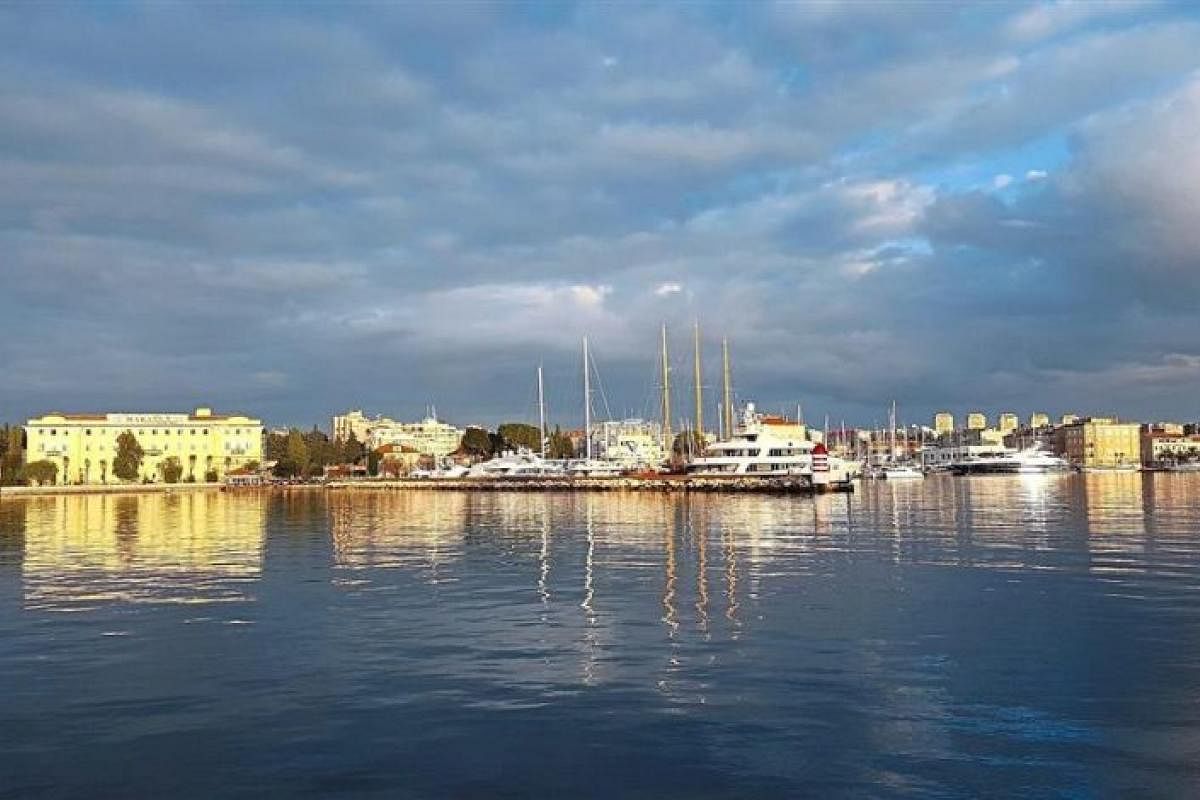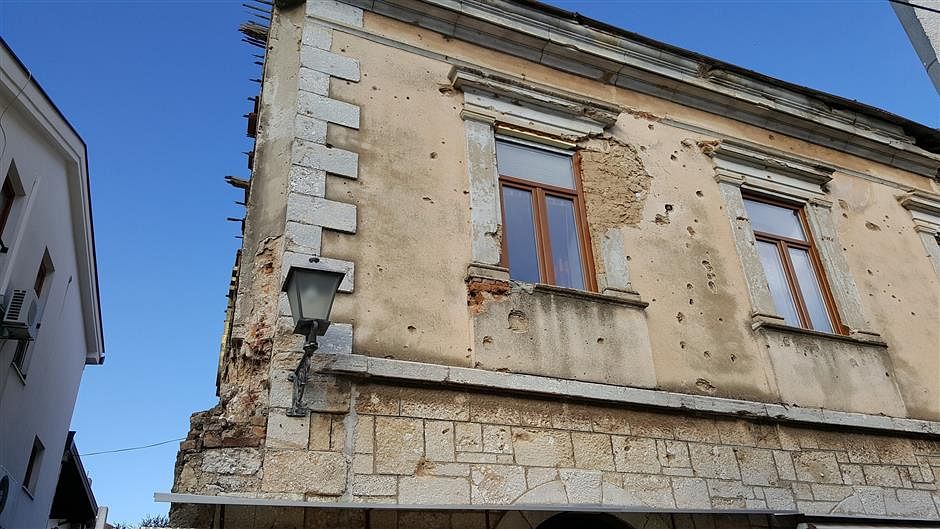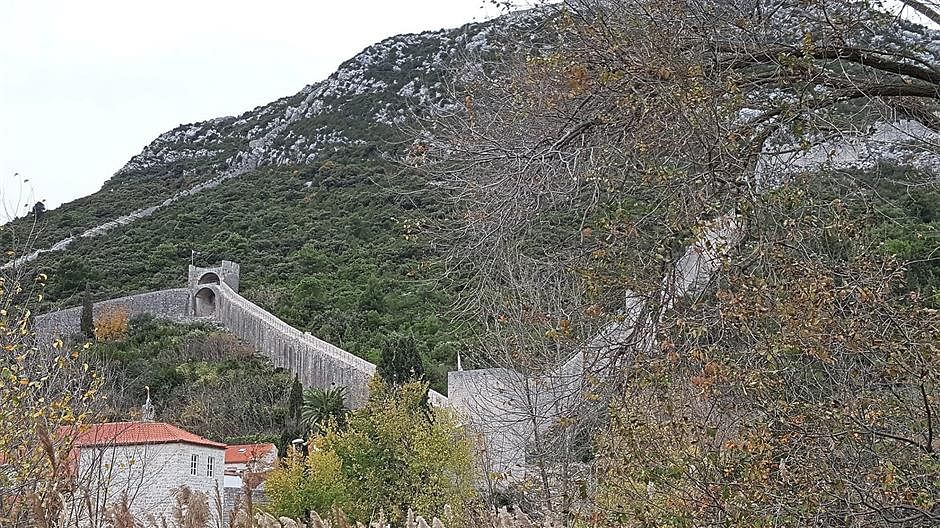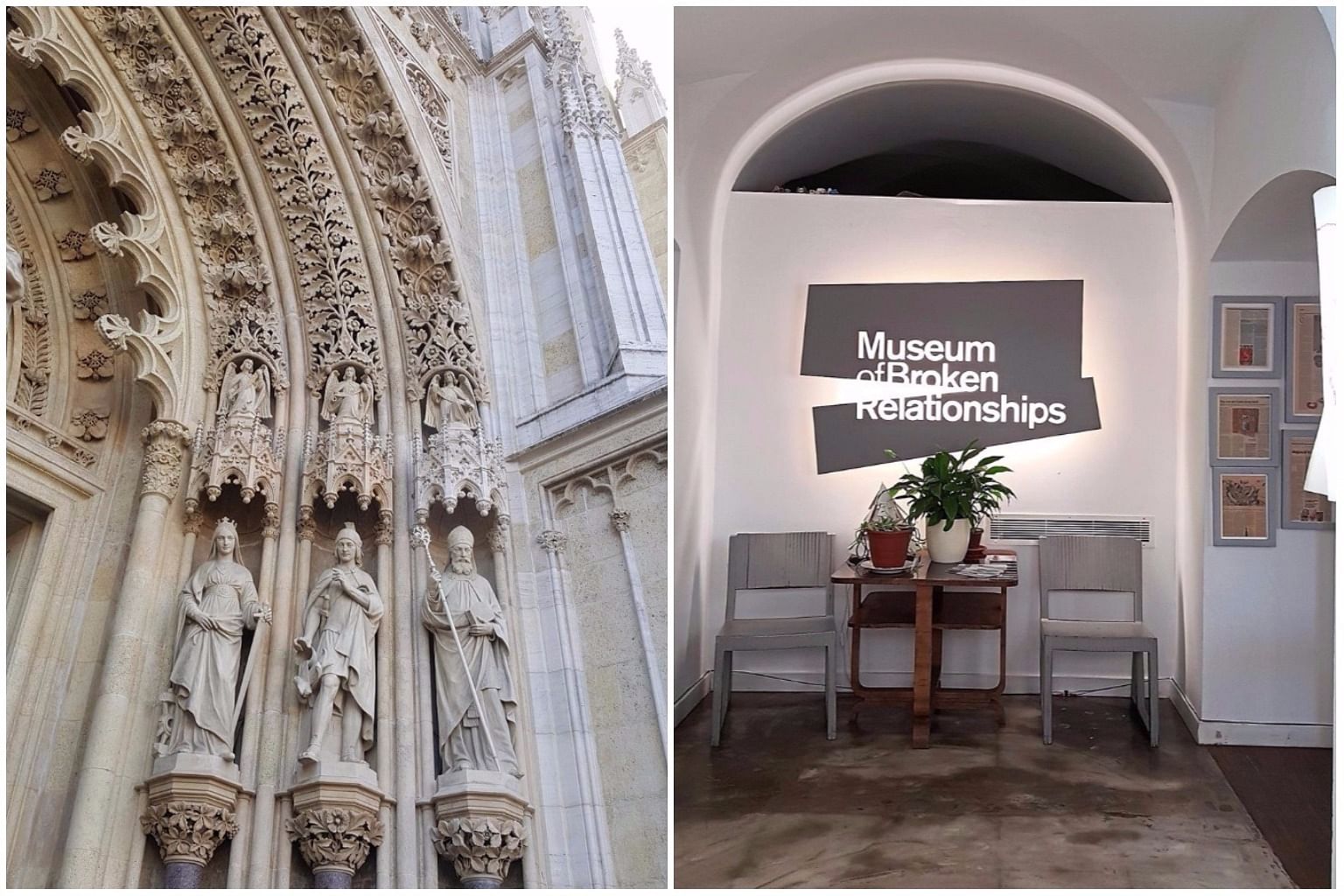Mediaeval dreams come true in Croatia
From architecture and history to nature and museums, the country in the Balkans leaves travellers wanting for more

(THE STAR/ASIA NEWS NETWORK) - As I write this, I still have not gotten over the trip to the Balkans and I am not referring to jetlag. More of an overdose - a welcome one - of incredible views, exquisite architecture and amazing people.
Although it was officially winter when I visited, a coastal sun-drenched paradise with thousands of dreamy islands dotting the Adriatic Sea running along the Dalmatian coastline greeted me.
There is mediaeval architecture on tap - Gothic, Baroque, Renaissance influence -and makes a history (and architecture) student's dream destination. There were chapels, grand cathedrals, fortresses, buttresses, drawbridges and more.
The Balkans comprise many individual states (though the composition can change depending on context, and once included Yugoslavia).
Yugoslavia broke up in the early 1990s and many have their own take on how it happened.
According to local Slovene guide Andre, the break-up and subsequent civil wars that took place during that time are mind-boggling issues. People still shake their heads in disbelief as to why it happened. Neighbours turned on one another. One minute, they were enjoying meals together and the next, they were firing at one another.
We drove past shelled out abodes as some bullet-ridden buildings still stand - grim reminders of the ugliness of human conflict.

Andre concluded wistfully: "United and together in harmony, Yugoslavia was a force to be reckoned with. Divided and apart, the nations are fractured and, collectively, a pale, bruised shadow of what they once were."
Six countries arose from the ruins of a bruised and battered Yugoslavia - Slovenia, Croatia, Bosnia-Herzegovina, Montenegro, Serbia and Macedonia. And in 2008, the Republic of Kosovo broke off from Serbia.
Out of the six (or seven, depending on recognition) nations, I personally felt that Croatia has the lion's share of natural attractions. There are 10 Unesco-listed World Heritage Sites in Croatia. We managed to visit five of them: the historical Complex of Split with the Palace of Diocletian, the Old City of Dubrovnik, Plitvice Lakes National Park, the historic city of Trogir and the Cathedral of St James in Sibenik - each breathtakingly beautiful in its unique way.

Zadar, also in Croatia and voted the Best European destination for 2016, shimmered in the winter sunlight. Of this city, the famous English film producer Sir Alfred Hitchcock noted that it "has the most beautiful sunset in the world". As a nod to its fame in the sun, along the promenade is a futuristic-looking solar panel installation aptly named Greeting to the Sun.

Interestingly, there is a "European Wall of China" in Croatia - located in a little town named Ston. At 7km long, it is way smaller than the Great Wall of China. The Ston wall was built centuries ago to protect its precious salt pans - the wealth of the region then.
Our final stop was Zagreb, Croatia's capital. After visiting all the amazing towns and Unesco World Heritage Sites, I assumed Zagreb would be just a normal administrative capital.
Gladly, I was proven wrong. Gothic-inspired gargoyles adorning the exterior of grand cathedrals fired the fear of God into the hearts of the early worshippers. It was during this brief final walk around the Old Town that the final few bits were pleasantly uncovered.

The Museum of Broken Relationships is something of a craze among the millennial generation.
This uber-modern attraction began as an interesting idea of a young couple that broke up and realised that they had a treasure trove of mementoes left from their broken relationship. Not wanting to just discard the memories, they set up a museum and invited others who had parted ways to contribute their mementoes. There is even an axe on display.
Zagreb is full of surprises and many do lose track of time as they wander around. To help those with wanderlust coursing through their veins, a cannon fires at noon every day. The booming sound cannot be missed from any part of the city. And so no one can give the excuse of having lost track of time.
Our flight home was at 5pm that day. Thanks to the cannon, everyone was on time.
Join ST's Telegram channel and get the latest breaking news delivered to you.
